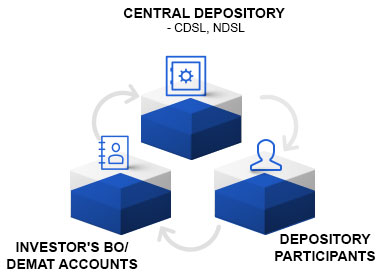
Table of Contents
Accounting Profit
What is Accounting Profit?
In simple words, Accounting profit is the total Earnings of a company that is calculated as per the accounting principles. It comprises precise costs of operating the business like Taxes, interest, depreciation, operating expenses, and more.
How does Accounting Profit Work?
Undoubtedly, profit is one of the widely evaluated financial metrics that gets periodically assessed to comprehend the financial state of a company. Often, companies establish a variety of profit versions in their financial statements.

Some of these numbers also consider all the expense and revenue-generating items put out in the Income statement. And, there are some such figures that are merely creatively interpreted to combine at a place by the management team and accountants.
Also known as financial or bookkeeping profit, accounting profit is the net income that a company earns after deducting the expenses from total revenue. Basically, it delineates the money that a company is left with after subtracting its explicit costs of operation.
The costs that get deducted from the total revenue include:
- Production costs
- Salaries of employees
- Marketing and sales costs
- Transportation expense
- Raw material expense
- Inventory cost
Talk to our investment specialist
Accounting Profit Method Example
Let’s take an example of how this profit can be calculated. Suppose there is a company that deals with Manufacturing and selling of products. Each of its products costs Rs. 300. In January 2020, the company sold 2000 products and earned a total revenue of Rs. 60,000. This will be the first number entering in an income statement.
And then, the cost of goods sold is taken out of the revenue to calculate the gross revenue. If it costs Rs. 100 to manufacture a product, the total cost of goods sold will be Rs. 20,000. Now, the gross revenue of the company would be Rs. 60,000 – Rs. 20,000 = Rs. 40,000.
Once gross revenue is calculated, operating costs are then taken out to reach the operating profit of the company, which is the earning before paying interest, depreciation, and taxes. Now, if the employee expense of the company is Rs. 10,000; the operating profit would be Rs. 40,000 – Rs. 10,000 = Rs. 30,000.
After acquiring the operating profit, now the company will calculate the non-Operating Expense like taxes, interest, and depreciation. Here, suppose the company doesn’t have any debt but has depreciating assets at Rs. 1,000 per month. And you can calculate the GST at 18%.
All efforts have been made to ensure the information provided here is accurate. However, no guarantees are made regarding correctness of data. Please verify with scheme information document before making any investment.












